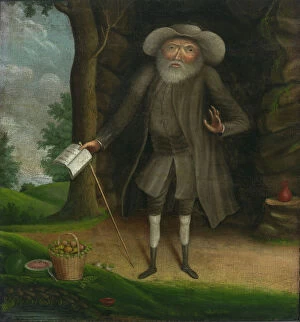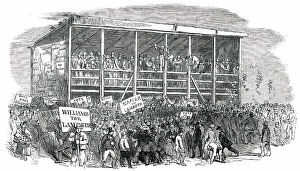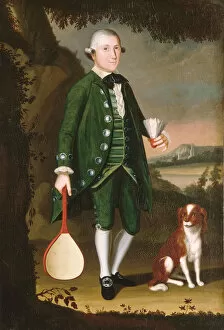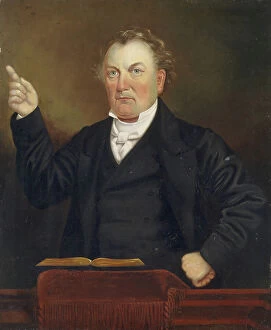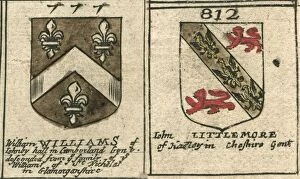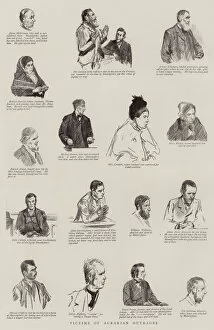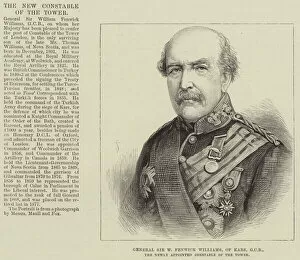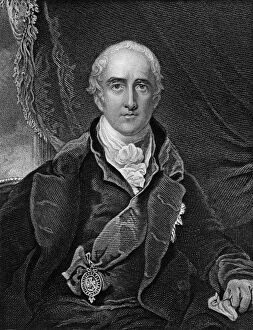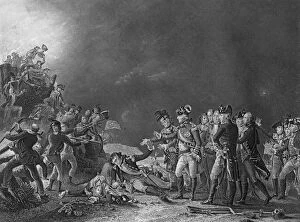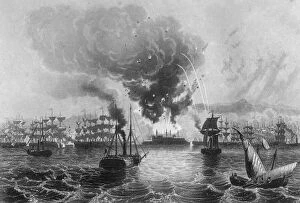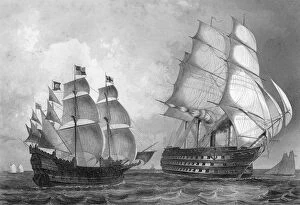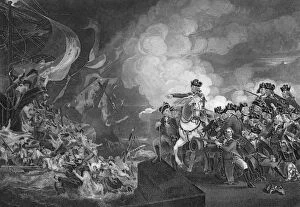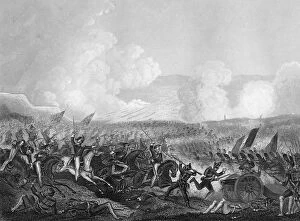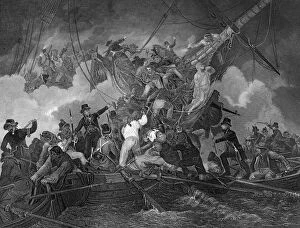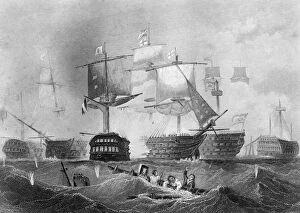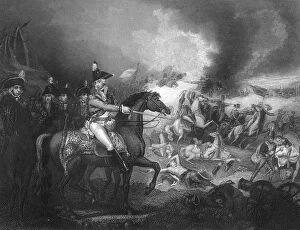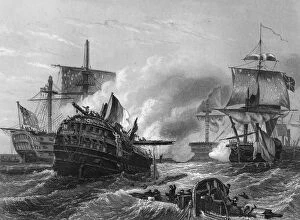William Williams Collection
William Williams was a multi-talented individual who left his mark in various fields throughout history
For sale as Licensed Images
Choose your image, Select your licence and Download the media
William Williams was a multi-talented individual who left his mark in various fields throughout history. One of his notable contributions was as the creator of Benjamin Lay, a portrait dating back to c. 1750-1758. This masterpiece showcases William's artistic prowess and attention to detail. In addition to this, William also captured the essence of a young boy from the Crossfield family in his painting titled "Portrait of a Boy, Probably of the Crossfield Family, " created around 1770-75. Through this artwork, he immortalized the innocence and charm of childhood. However, William's talents were not limited to art alone. He delved into historical events as well, depicting significant moments like "The Death of Admiral Lord Nelson" in 1805 through an intriguing piece crafted by J Rogers around 1857. This portrayal captures the somber atmosphere surrounding Lord Nelson's passing and pays homage to one of Britain's greatest naval heroes. Furthermore, William ventured into capturing thrilling sporting events such as John Davies & William Williams' exhilarating race at Rumble Yamaha during the 1975 Sidecar TT competition. His ability to capture motion and intensity on canvas is truly commendable. Beyond paintings and engravings, William also explored other mediums like copperplate etchings showcasing coat-of-arms designs from the seventeenth century for families named Williams and Littlemore. These intricate pieces provide insight into heraldry practices during that era. Additionally, he shed light on societal issues through thought-provoking engravings such as "Victims of Agrarian Outrages. " By highlighting these injustices through artistry, he aimed to raise awareness about social struggles faced by communities during that time. Moreover, William paid tribute to military figures like General Williams - known as "the Gallant Defender of Kars" - with powerful engravings that depict their heroic acts on battlefields.

